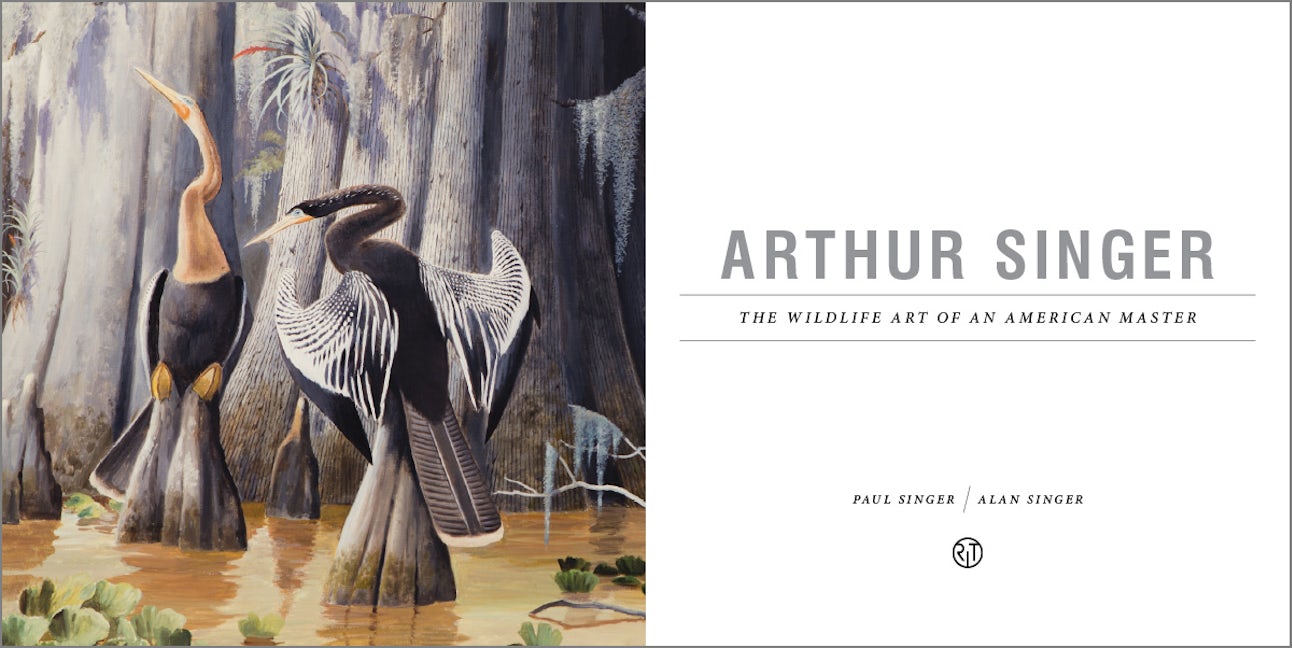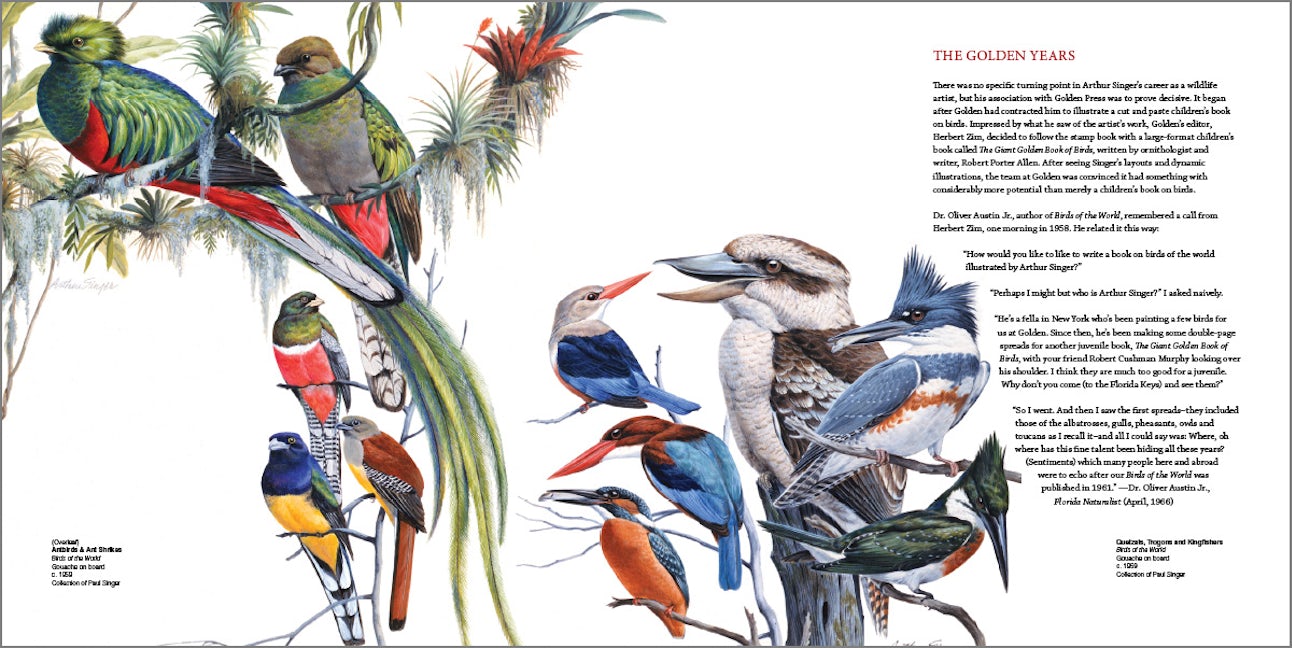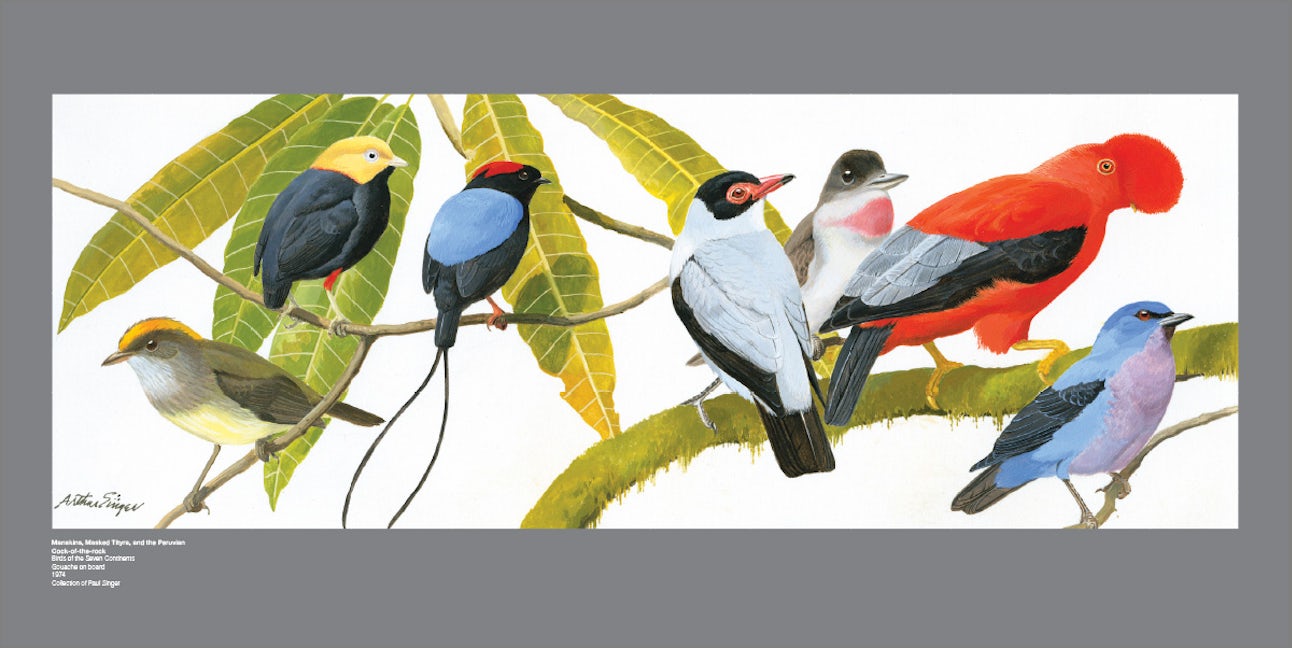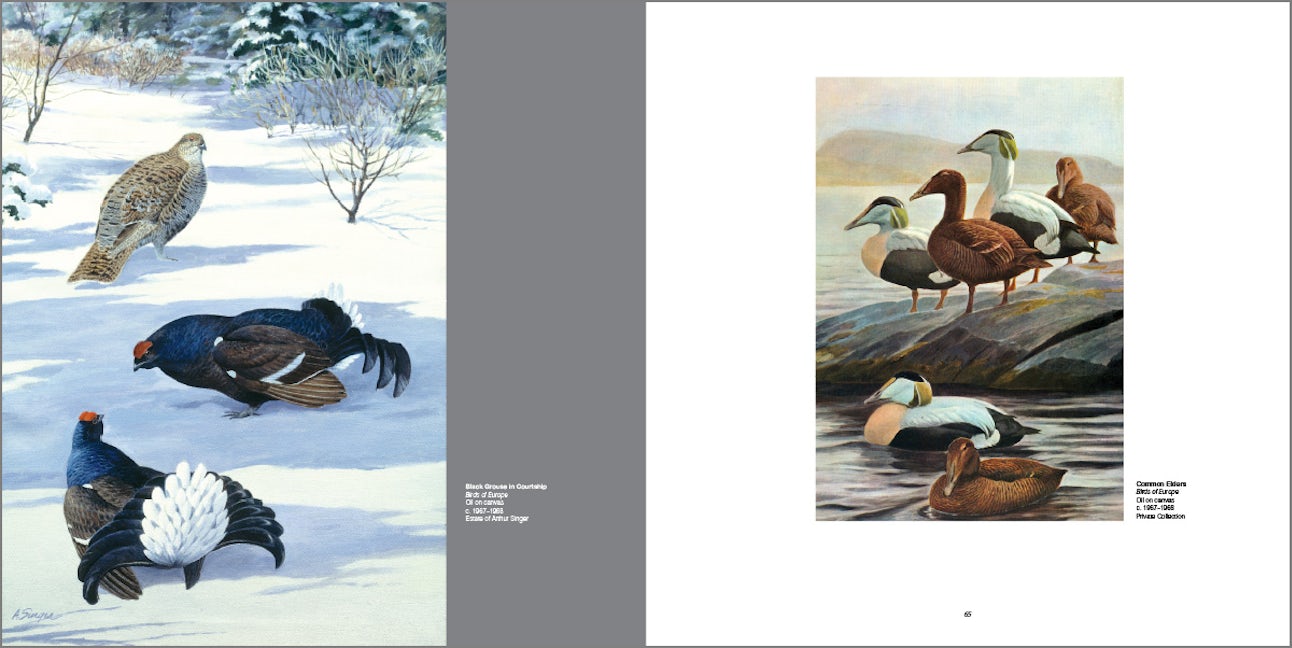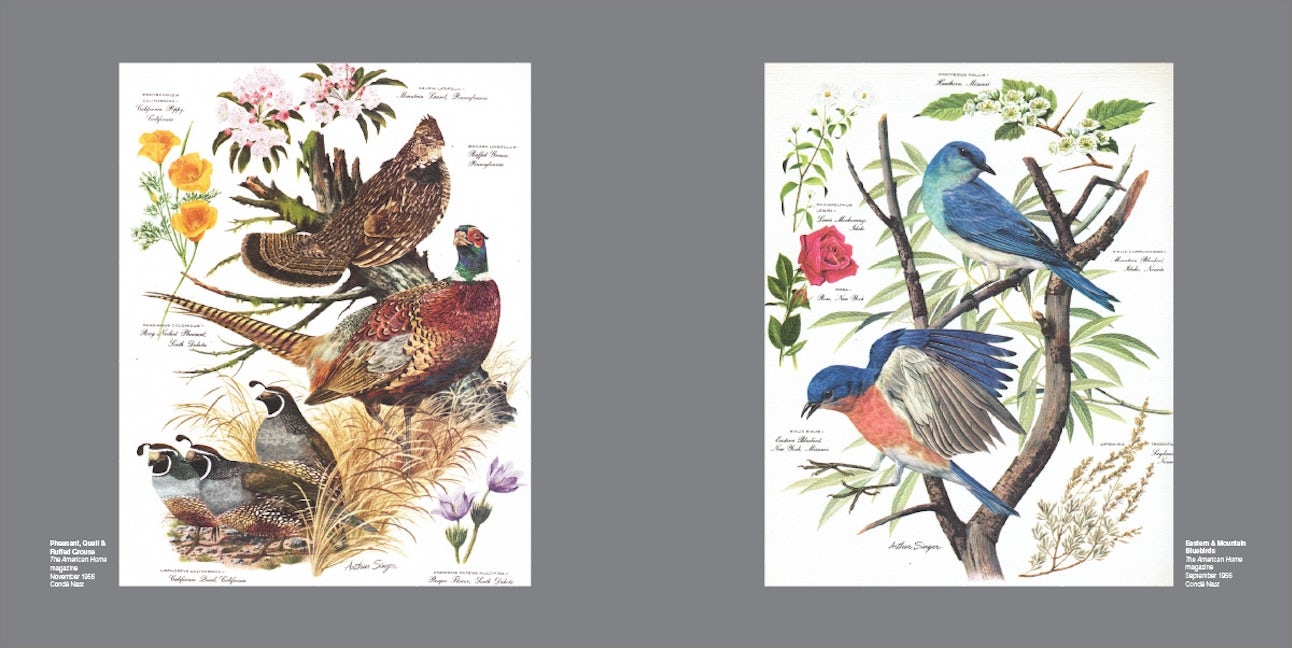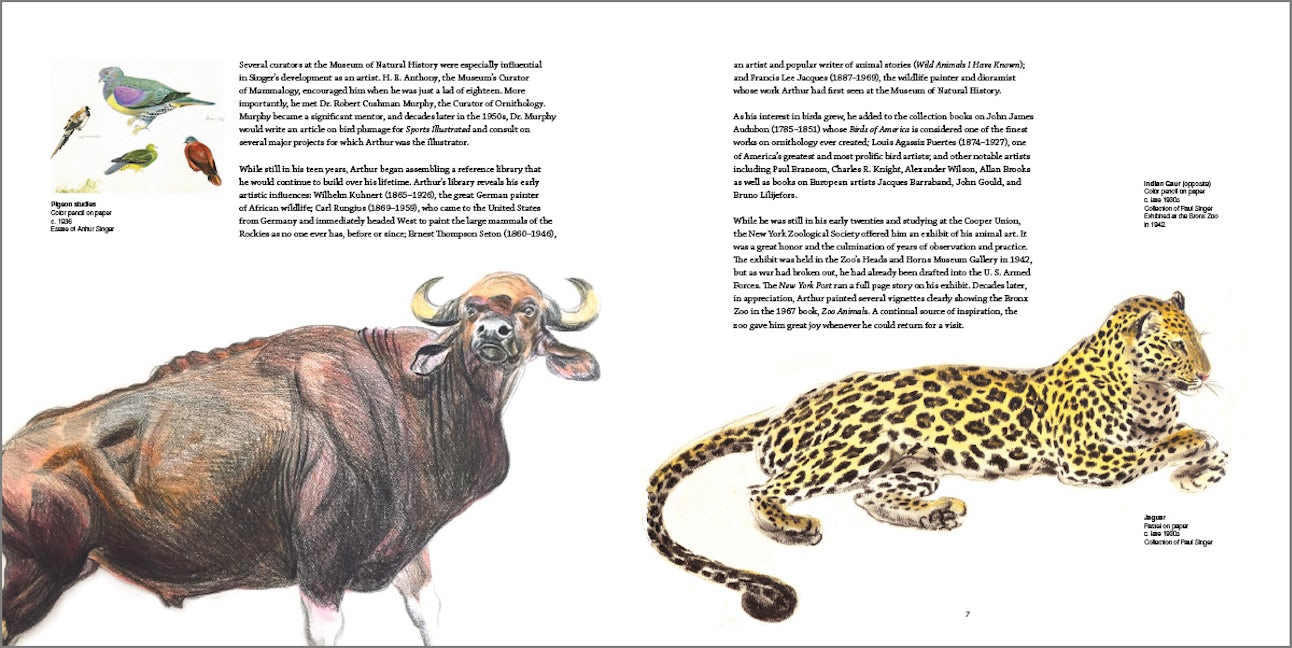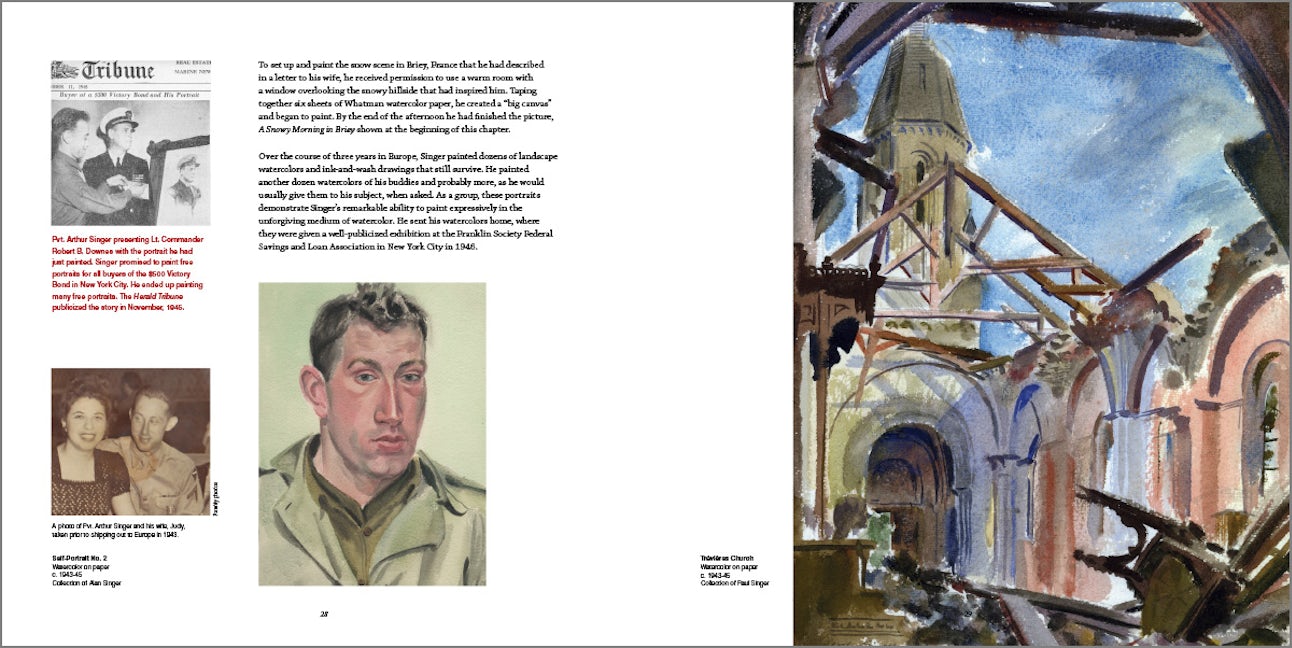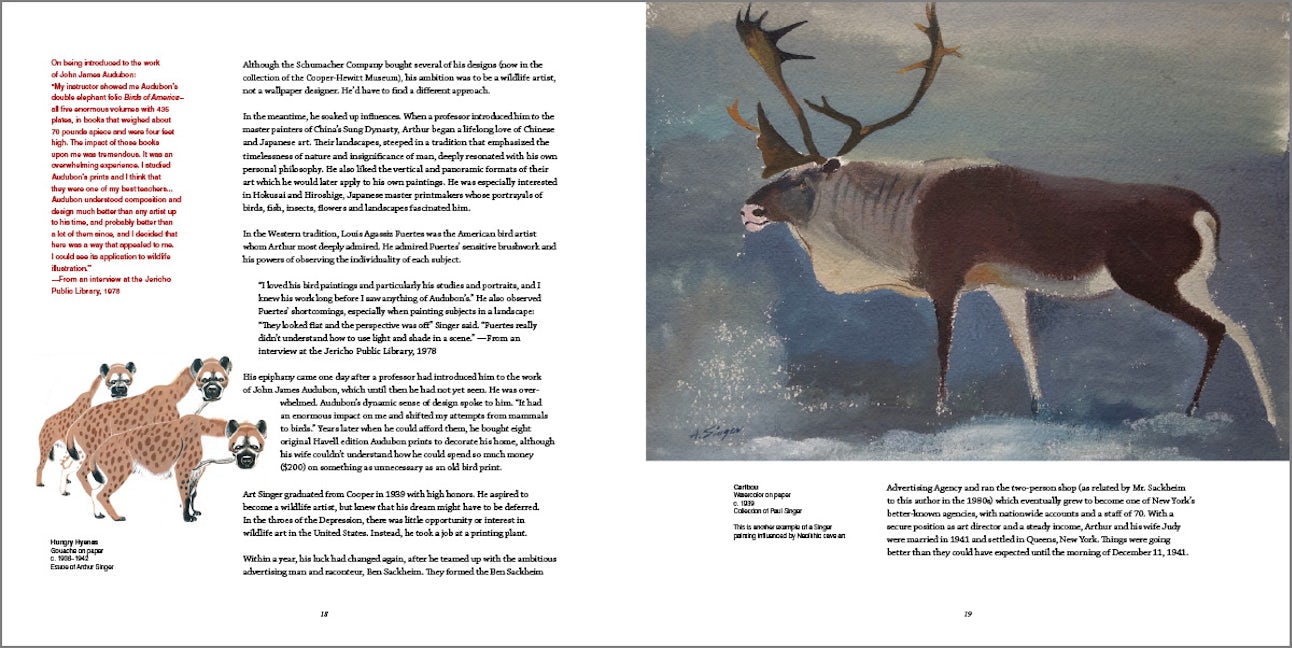Alan Singer is a graduate of the Cooper Union School of Art with a BFA in Fine Art (1972), and an MFA from Cornell University (1975). For nine years, Alan worked with his father, Arthur, on revisions to both of Singer’s field guides to birds, and helped illustrate the State Bird & Flower Stamps for the Postal Service. Alan illustrated the State Bird & Flower first day covers for Unicover Corp. Alan has also illustrated books which include The Total Book of Houseplants and State Birds. Since 1988, he has been an art educator and professor at Rochester Institute of Technology. A painter, printmaker, and author, he has had 27 solo exhibitions and blogs at The Visual Artworker. Alan and his wife, Anna, reside in Rochester, New York.
Paul Singer is a graduate of the Philadelphia College of Art (1968) with a BFA in graphic design. Interested in nature and the outdoors, he has focused on designs for zoos, museums, and botanic gardens. He has also worked as an interpretive sign designer for the National Park Service, state park systems, and greenways in California, Connecticut, New York, Pennsylvania, and Vermont. His illustrations are included in The Knopf Nature Guide series for Audubon, The Audubon Master Guides to Birding, The Knopf Collector Guides to American Antiques and other publications. In his leisure time, he paints seascapes, studies history, and collects antiques. Paul and his wife, Janet, reside in Brooklyn, NY.


